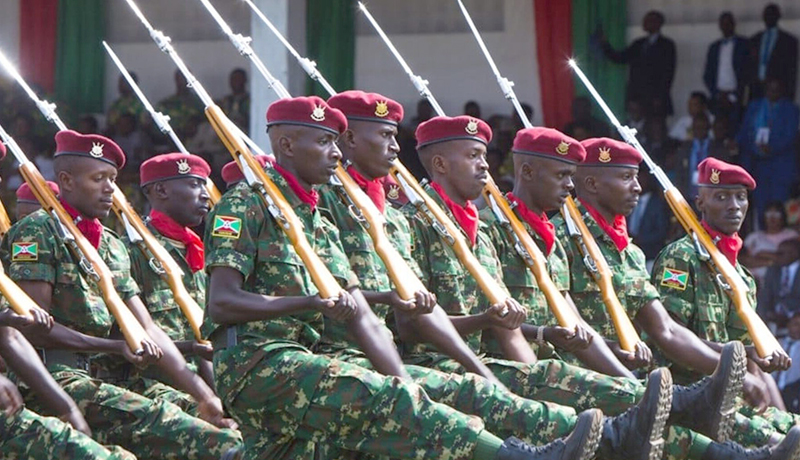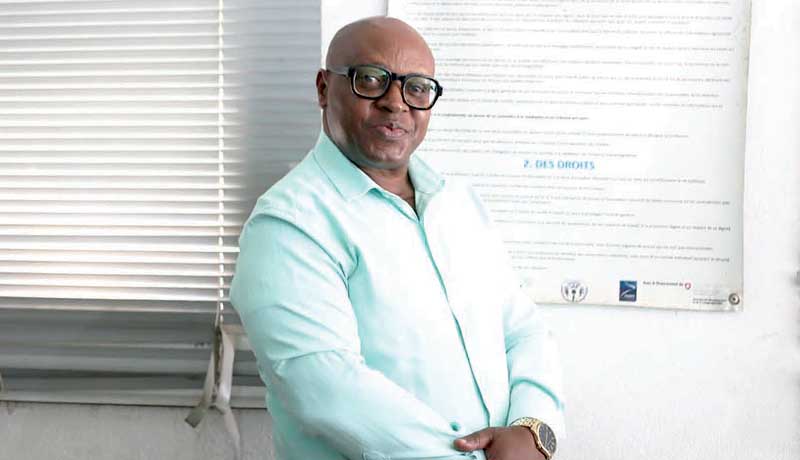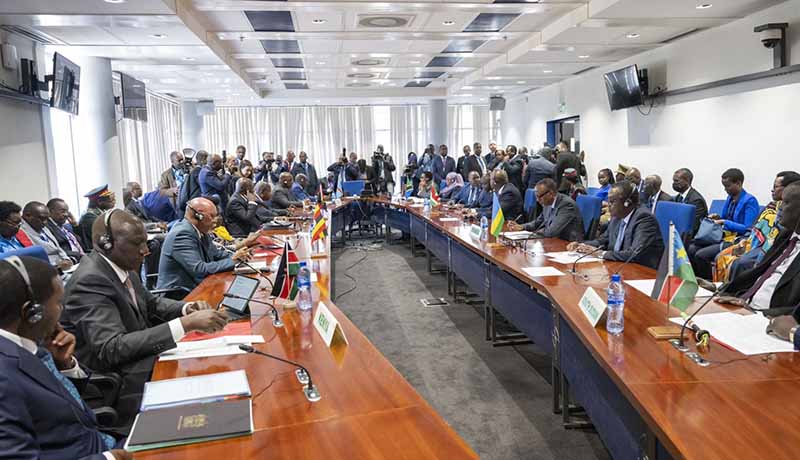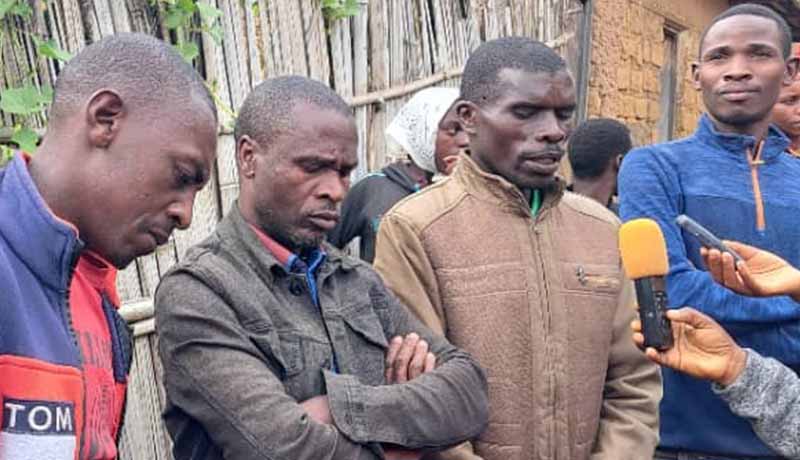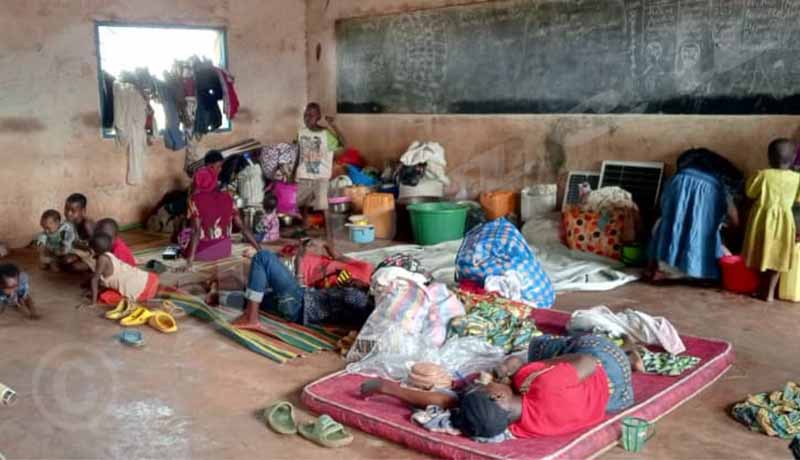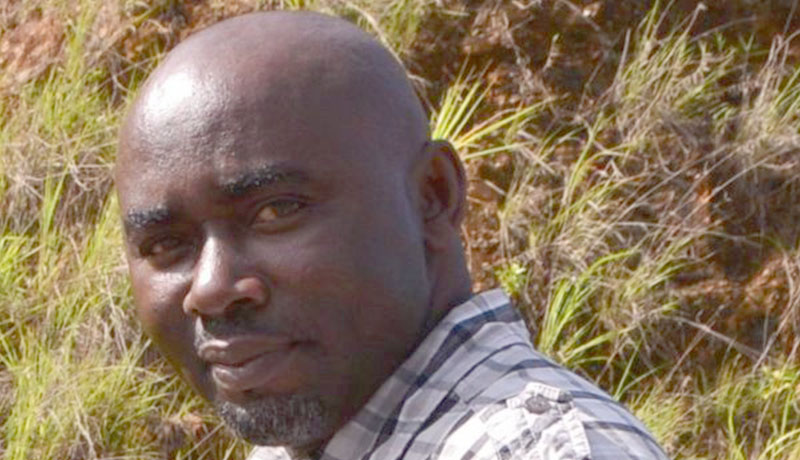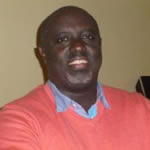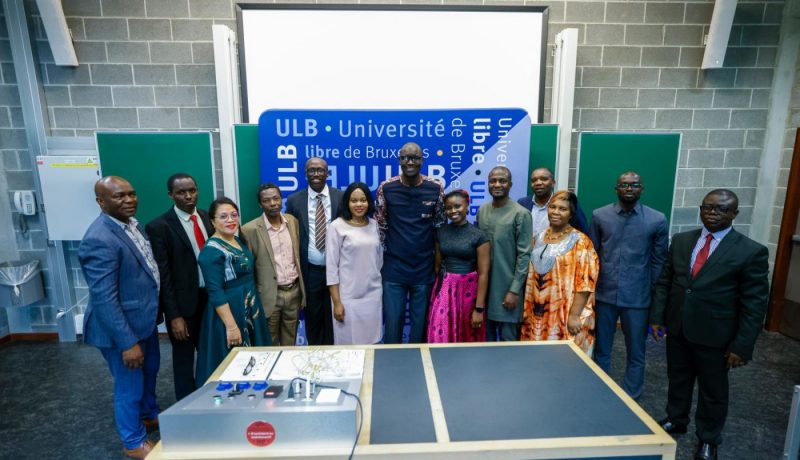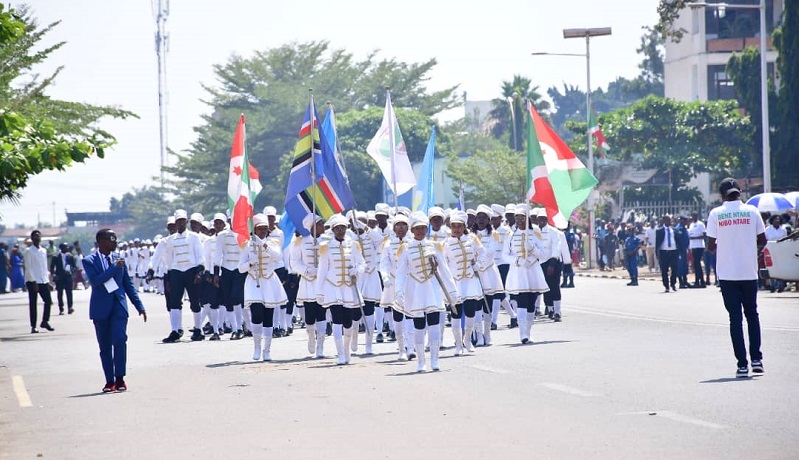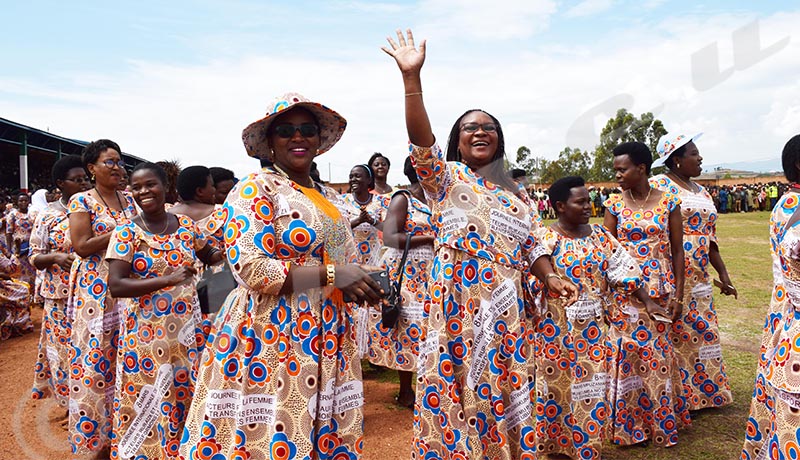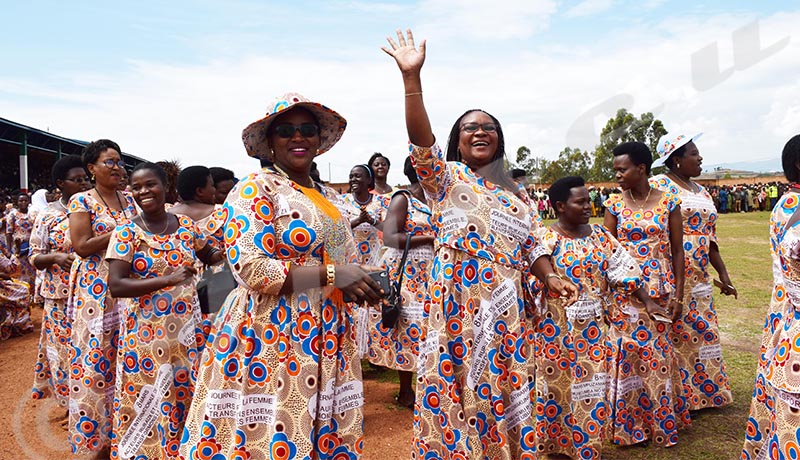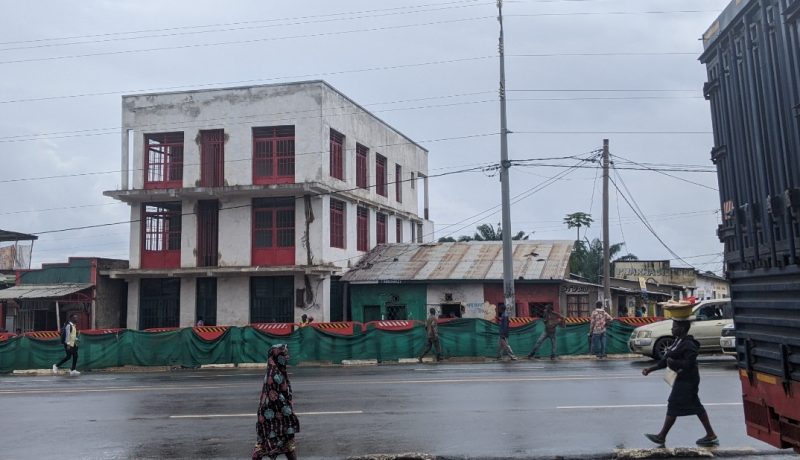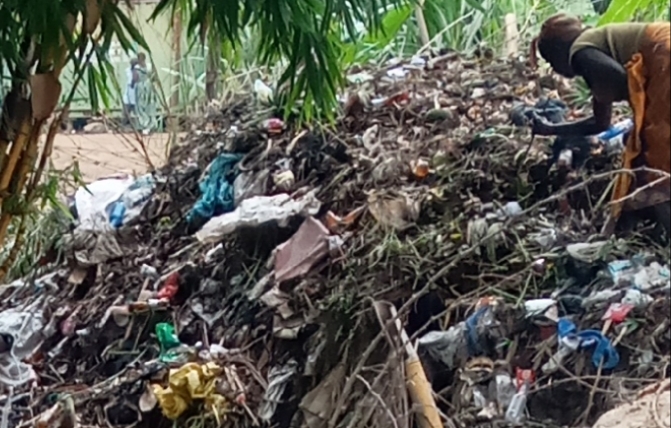UN’s failure to confront insurgents who seized the strategic city of Goma in the Democratic Republic of Congo (DRC) on Tuesday has raised questions about its largest and costliest peacekeeping mission.-By Barbara Plett
The UN’s failure to confront insurgents who seized the strategic city of Goma in the Democratic Republic of Congo (DRC) on Tuesday has raised questions about its largest and costliest peacekeeping mission.
The blue helmets gave up the battle for Goma in the eastern part of the country without firing a shot, standing aside as M23 rebels – widely believed to be backed by Rwanda – overran the frontier city of up to one million people.
For the French Foreign Minister, Laurent Fabius, it was « absurd » that the UN troops had allowed the rebels to parade past them. He urged that the mandate of the more than 17,000-strong force be reviewed.
The DRC peacekeepers – known by their acronym Monusco – are authorised to use force to protect civilians and support Congolese army operations against rebel groups and militias competing for control of mineral wealth in the lawless east of the country.
They have been criticised before for failing to respond adequately to atrocities against civilians committed by the rebels, notably a mass rape near one of their bases in 2010.
In their defence the UN emphasises that despite the relatively large size of the mission, troops are spread thinly over a vast and difficult terrain – 6,700 are deployed in North Kivu province where Goma is located, 1,500 in the city itself.
When it came to the rebel advance, the peacekeepers did back the army with attack helicopters, but the soldiers disappeared as M23 reached the city.
The peacekeepers « cannot substitute » for the national army, said UN spokesman Eduardo del Buey, and in any case did not want to trigger gun battles in an urban area. « It’s impossible for Monusco to defend Goma single-handedly, » agrees Congo analyst Jason Stearns.
« If the army crumbles it’s difficult to do anything but assert a presence in the streets, to go and protect civilians when there are reports of abuse, but it’s impossible to hold the town. »
A senior UN official said that the Monusco patrols around Goma continued and were not being harassed by the rebels. He said the UN was still able to operate helicopters – but not fixed wing aircraft – at the airport because it controls the runway and air traffic.
Political strategy
But it is working in a vacuum, with the civilian authorities, police and army having fled Goma, and will have to find a way to co-exist with M23 if the rebels continue to dominate the city.
More broadly, Monusco is dealing with a weak state, still struggling with the effects of nearly 10 years of internal conflict that dragged in Congo’s neighbours.
After the war ended in 2003 the UN played a key role in shepherding the country to elections in 2006, but since then, says Mr Stearns, it hasn’t had a political role.
